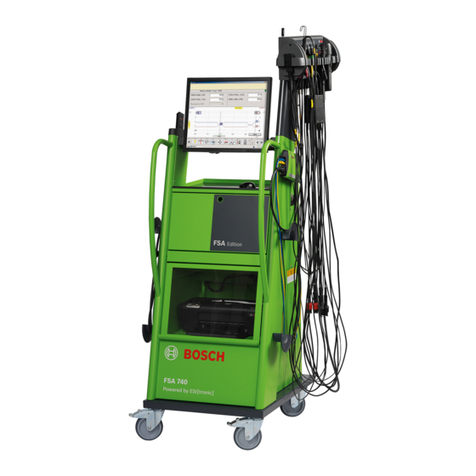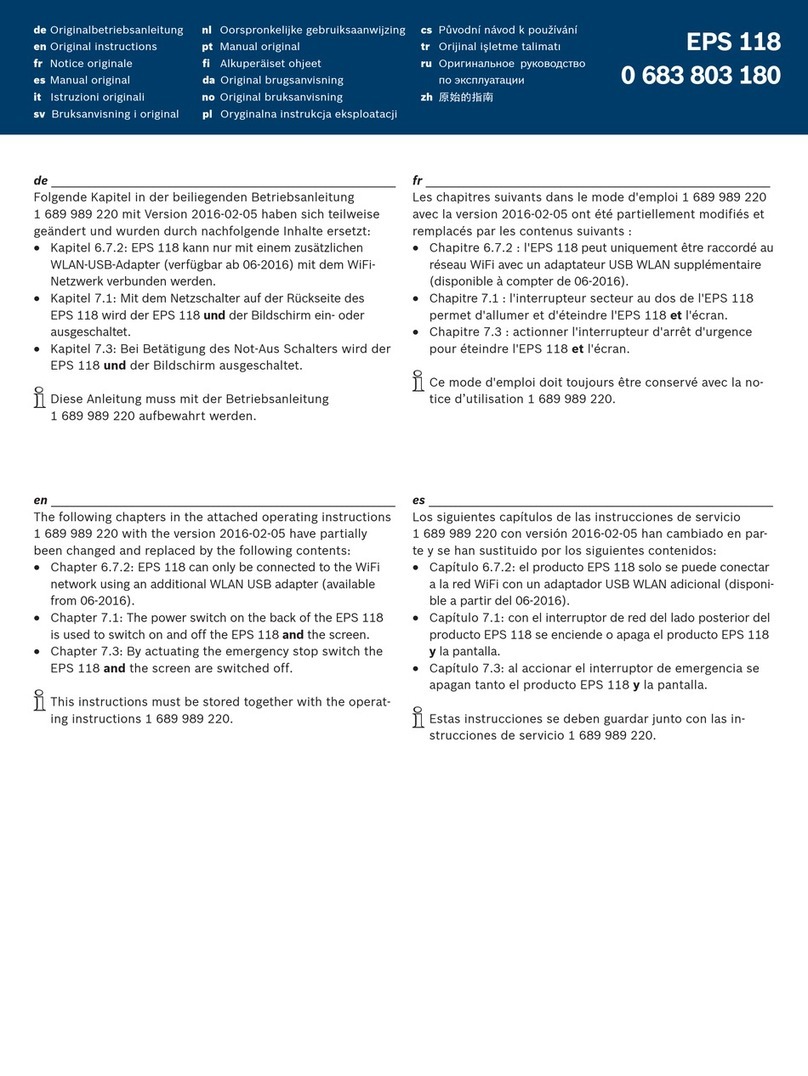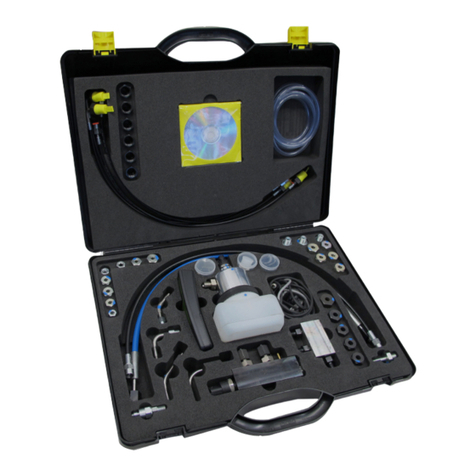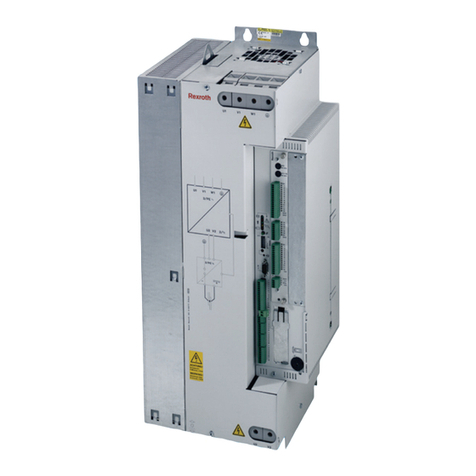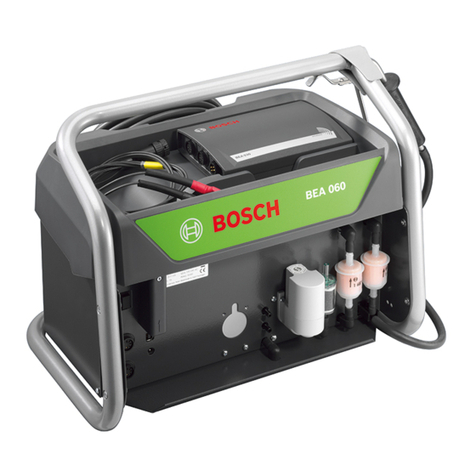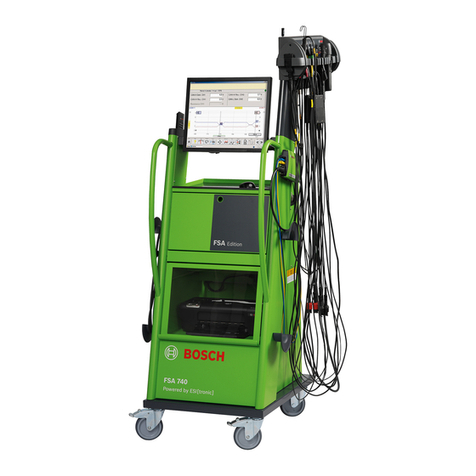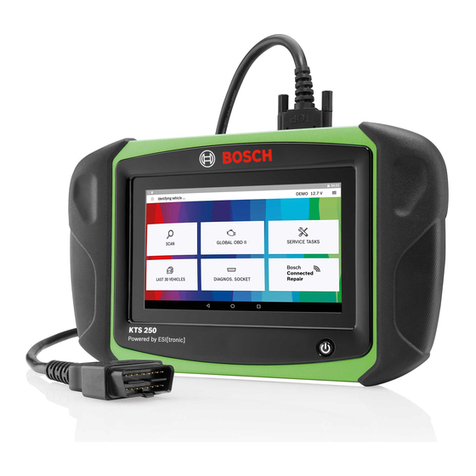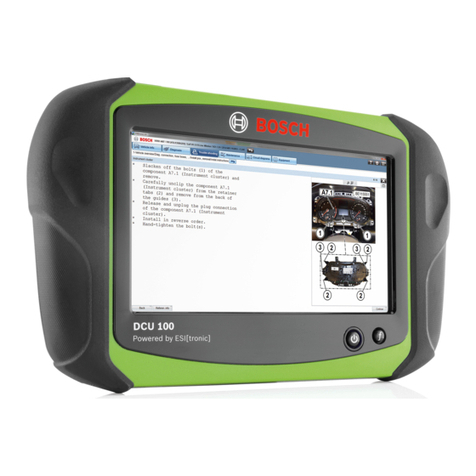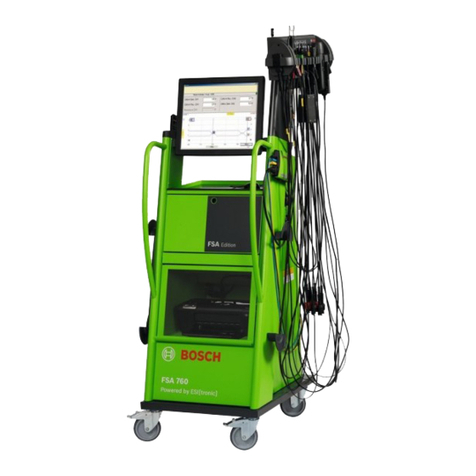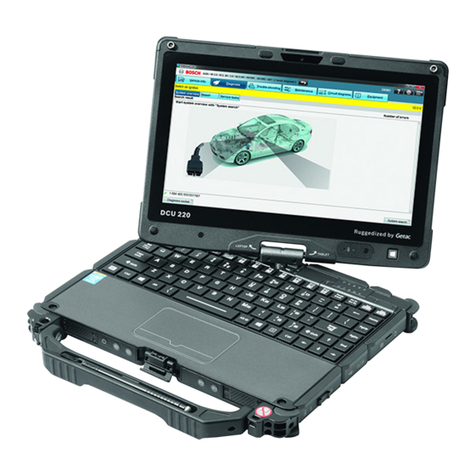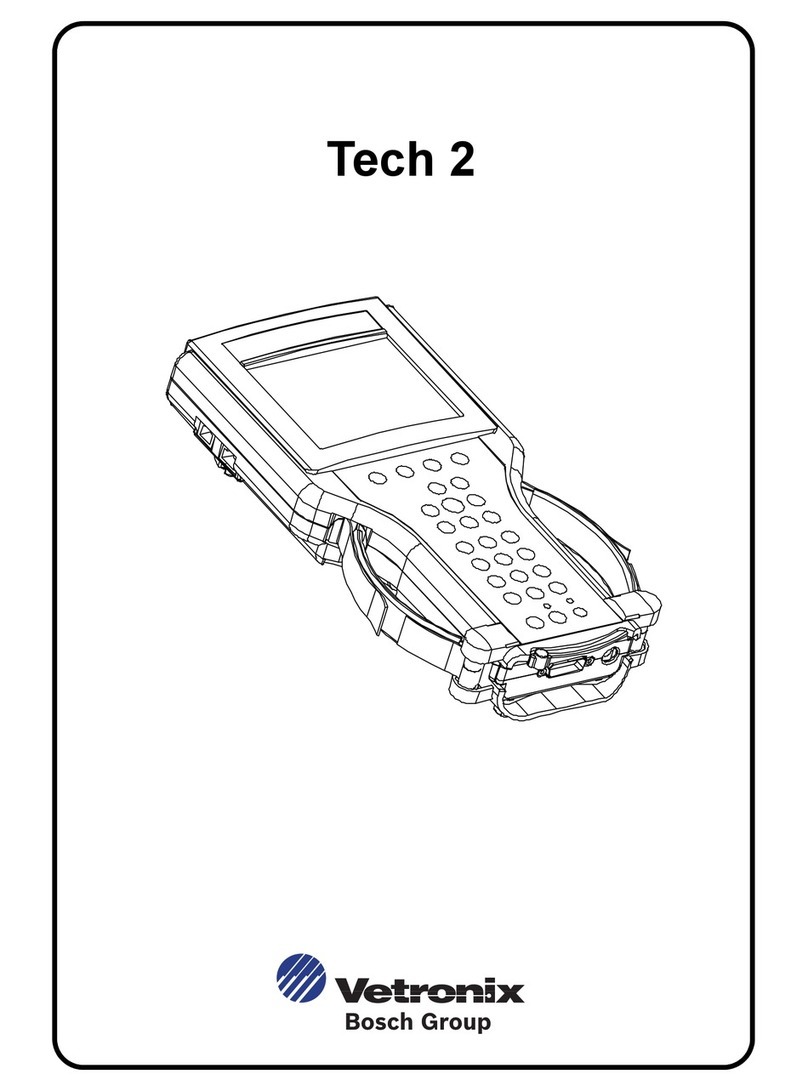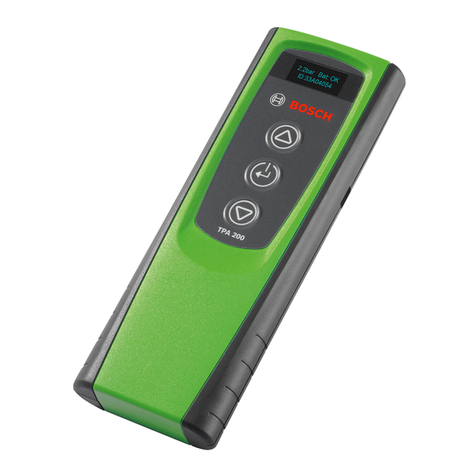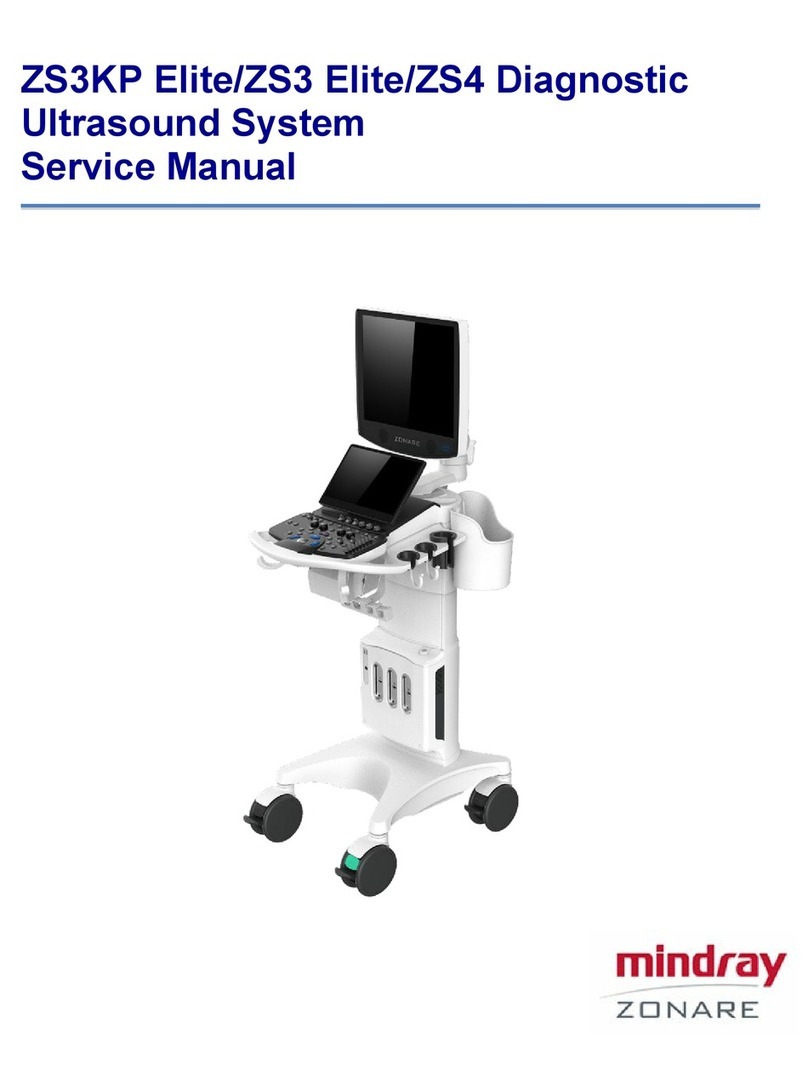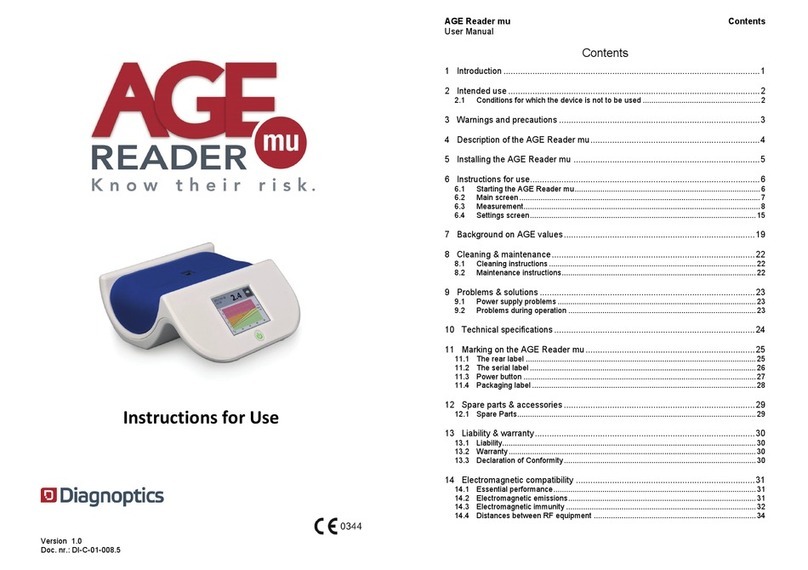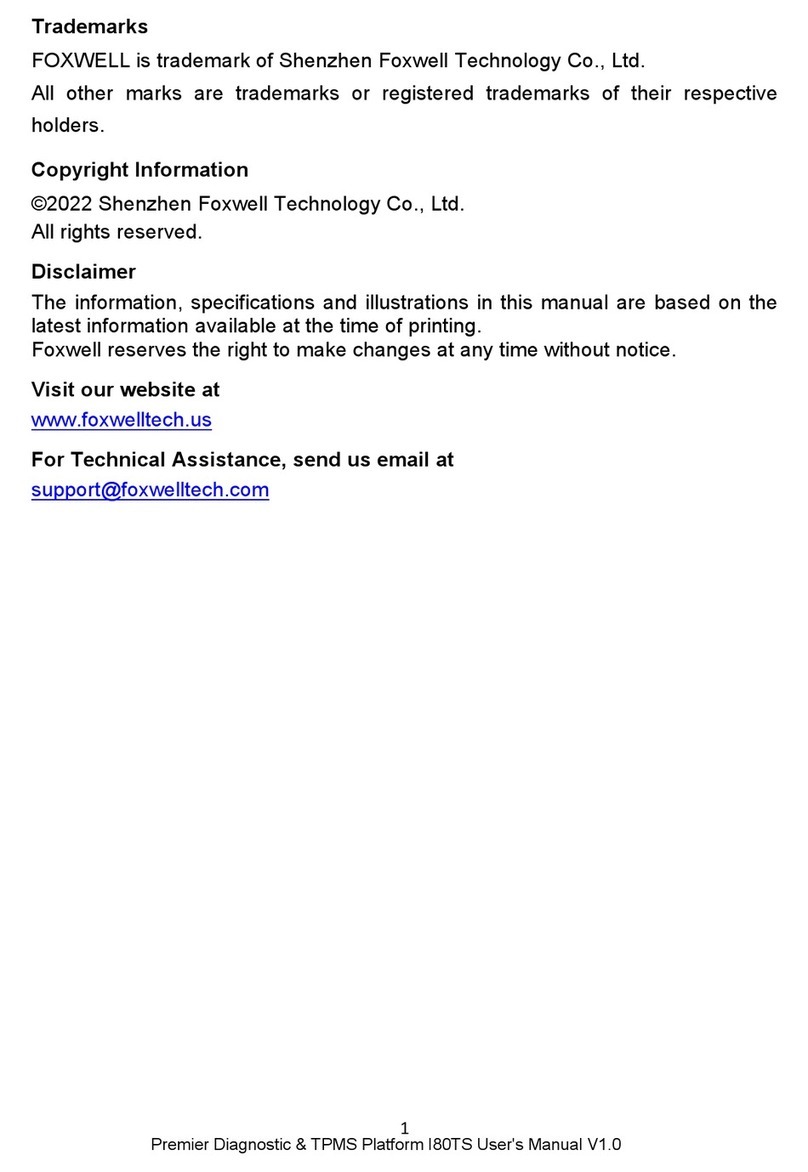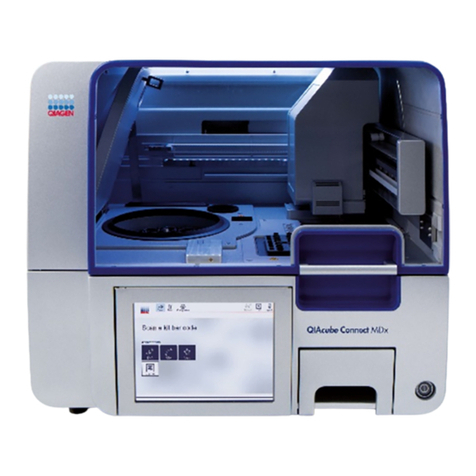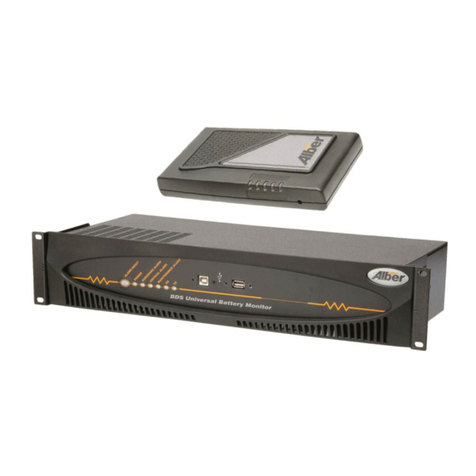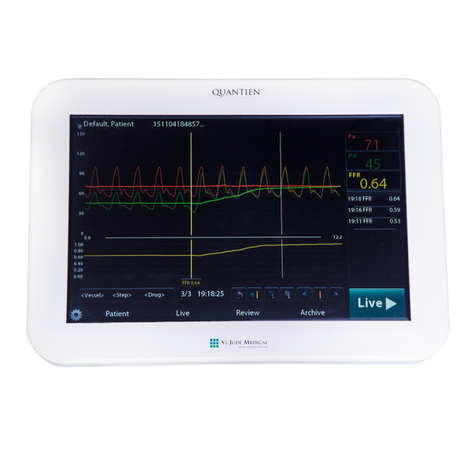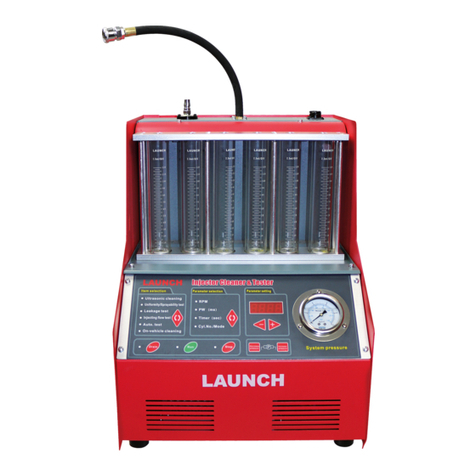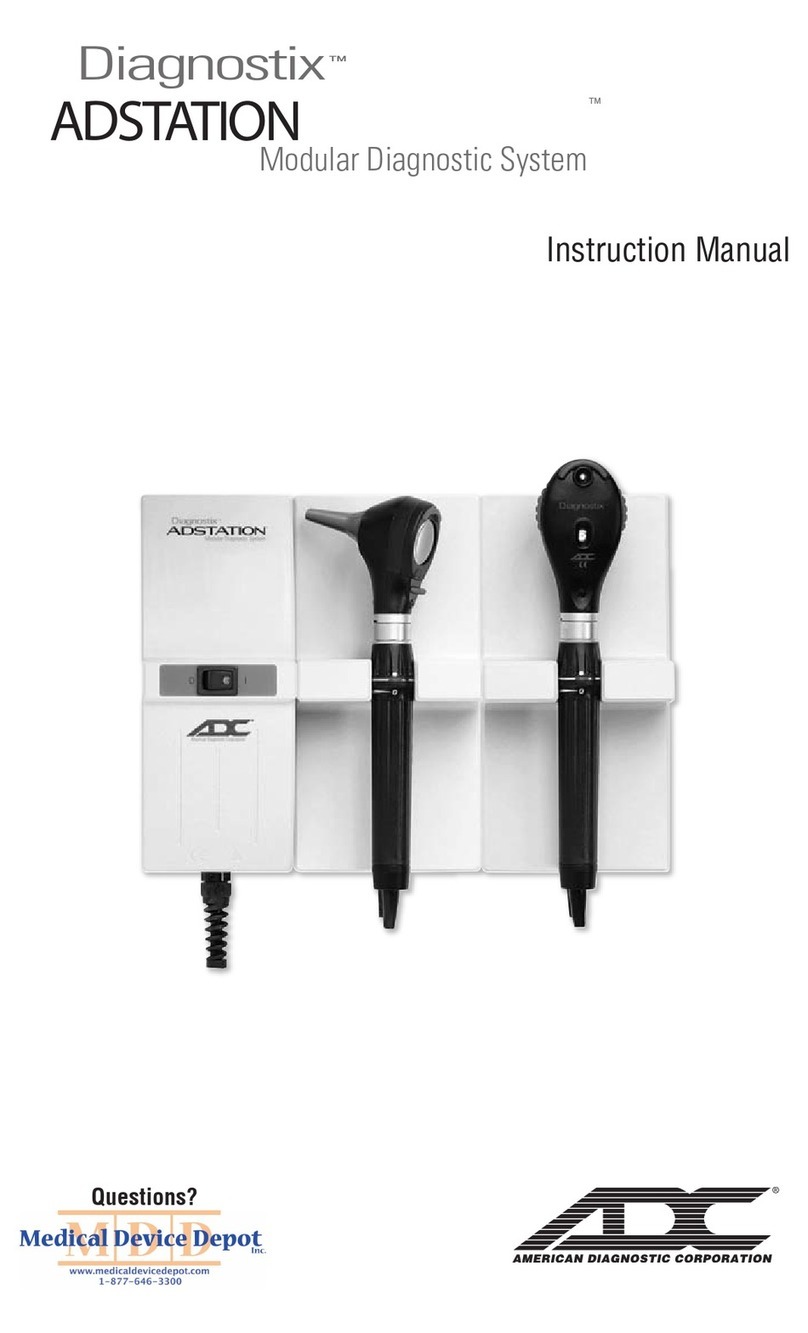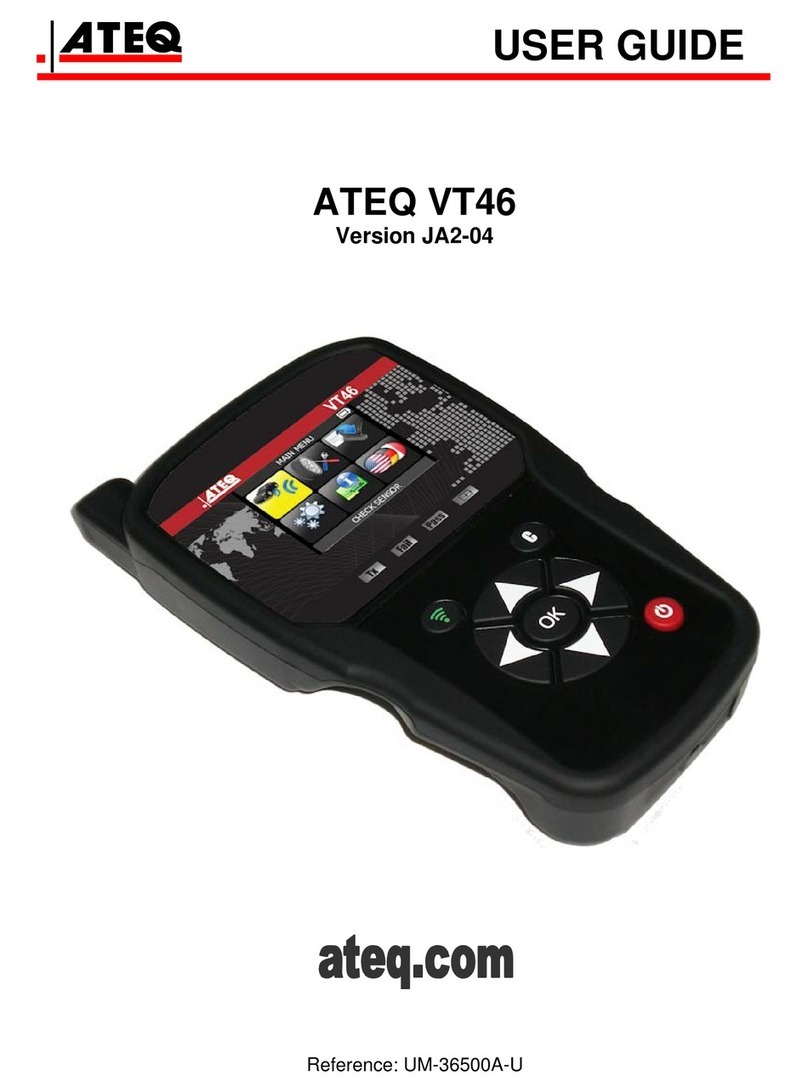
TPA 300– Introduction | TPA 300 | 11 |
1 689 989 549_en 2022-09-01
|
Robert Bosch GmbH
en
Reading out the sensor
Before tire/wheel maintenance or replacement, read out all vehicle sensors with the TPA 300 to
make sure that they function properly.
This eliminates the liability associated with replacing previously damaged or defective sensors.
This procedure does not change the vehicle setting as the vehicle is not put into the teaching
mode. This procedure quickly identifies damaged or defective sensors as some vehicles only
report the state of a damaged or defective sensor in the instrument cluster after driving for
20minutes.
Note: When the vehicle is in teaching mode, the vehicle sounds the horn to confirm that the
TPMS sensor communicates with the control unit.
Note: If the sensors do not trigger, refer to the "Troubleshooting" section of this guide.
12 Operation
Step 1: Select the make, model
and year of manufacture of the
vehicle and then select "Vehicle
check".
Step 3: Read out all sensors,
starting front left in clockwise
direction.
Note: For a few vehicles, the
reading direction is reversed.
Step 2: Hold the TPA 300 towards
the side wall of the tire near the
valve and press the trigger button.
Relearning TPMS systems
For manual and OBDII relearn processes, following the on-screen prompts on the TPA 300. For
vehicles with an automatic relearn procedure, where the TPMS system is automatically reset when
the vehicle is driven, triggering each wheel sensor one final time is recommended to ensure they
are functioning correctly.
OBDII relearning requires the OBDII module and the cables included in the kit (special accessories).
Follow the relevant section in these operating instructions (page20) to perform the procedure.






















